Choosing the Best USA Proxy Servers for YouTube Access
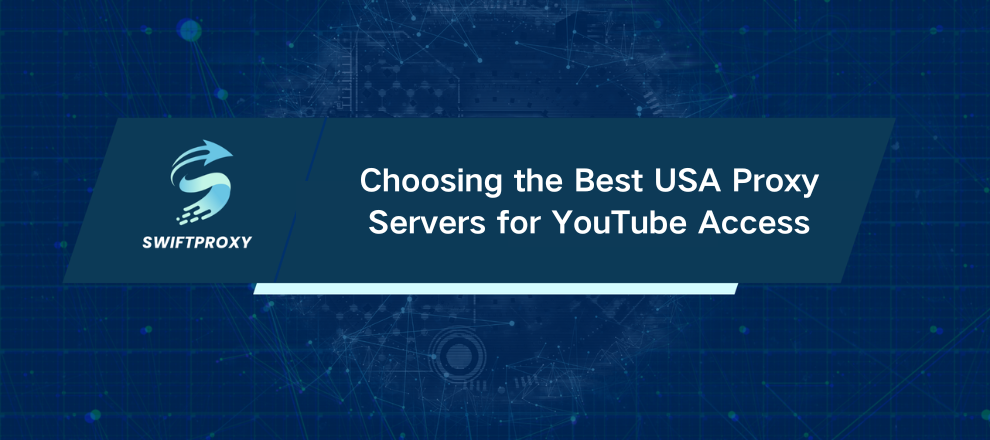
YouTube might only be officially banned in five countries worldwide, but geo-blocks and content restrictions are everywhere—even in places where YouTube is "allowed." Countries, companies, and even schools use location-based limits to block access to certain videos or creators.
So, if you want to unlock the full YouTube experience from the USA—no matter where you are or who's blocking you—proxies are your secret weapon.
We've tested six top USA proxy providers to help you cut through the noise. Each offers unique features for YouTube streaming, scraping, or data gathering. Here's a straightforward breakdown to help you pick the best proxy service that's fast, reliable, and secure.
Why You Need a Proxy to Access YouTube Content in the USA
Proxies don't just bypass country-wide bans. They unblock region-locked videos and get around workplace or school restrictions that might block YouTube entirely. High-quality proxies can offer faster, more reliable streaming because they make your device appear as if it's directly in the USA—without slowing you down.
Free proxy sites? Avoid them. They're slow, unreliable, and risk your privacy. Instead, invest in premium USA proxies from trusted providers like Swiftproxy or the others below. Your YouTube streaming experience will be night and day.
1. Swiftproxy
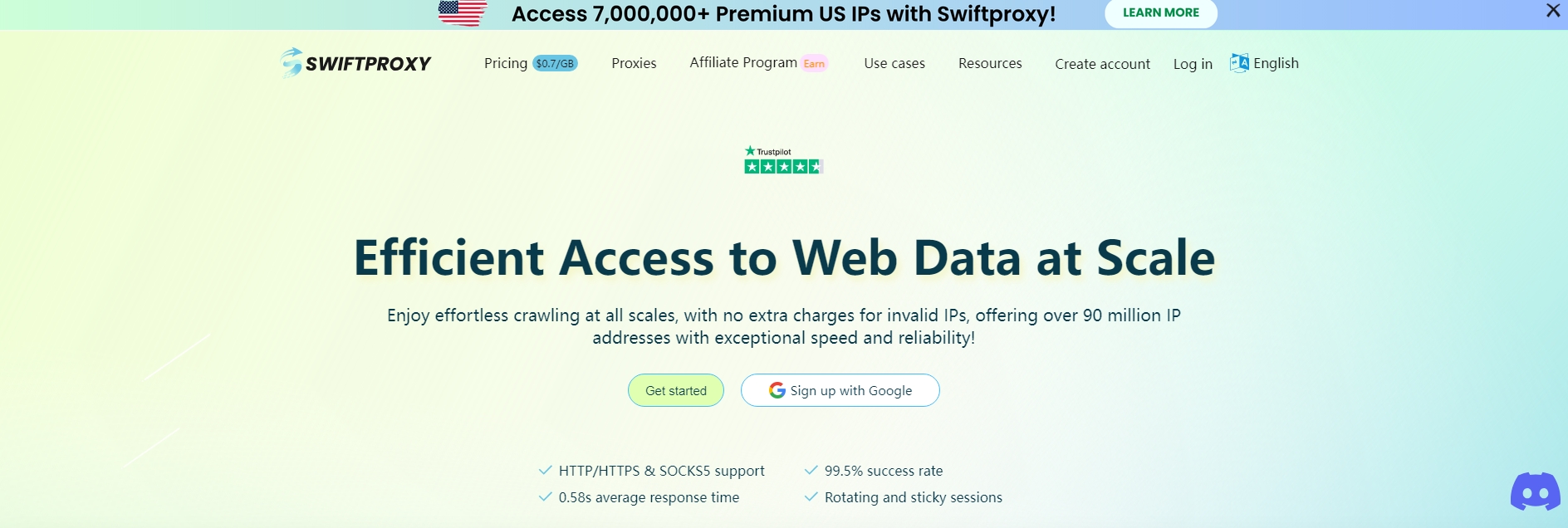
Swiftproxy was put through the wringer and delivered impressive results. The interface is slick and modern, with no extra apps needed. Everything runs directly from the web dashboard. Setting up proxy pools, choosing locations, and managing IP rotations can be done in just a few clicks.
Pricing: You only pay for what you use. Residential proxies start at \$2.7 per GB. No confusing tiers or hidden fees.
Performance: Streaming YouTube in HD on a US residential proxy? Zero buffering. Datacenter proxies are even faster and cheaper. We ran parallel tabs and didn't notice any lag or dropped connections. The IP rotation options let you keep the same IP for smooth streaming or rotate to avoid detection. You control the experience.
Pro Tip: Use "Keep IP" rotation for uninterrupted YouTube playback. Rotate only if you're scraping or switching accounts frequently.
2. Proxy-Seller
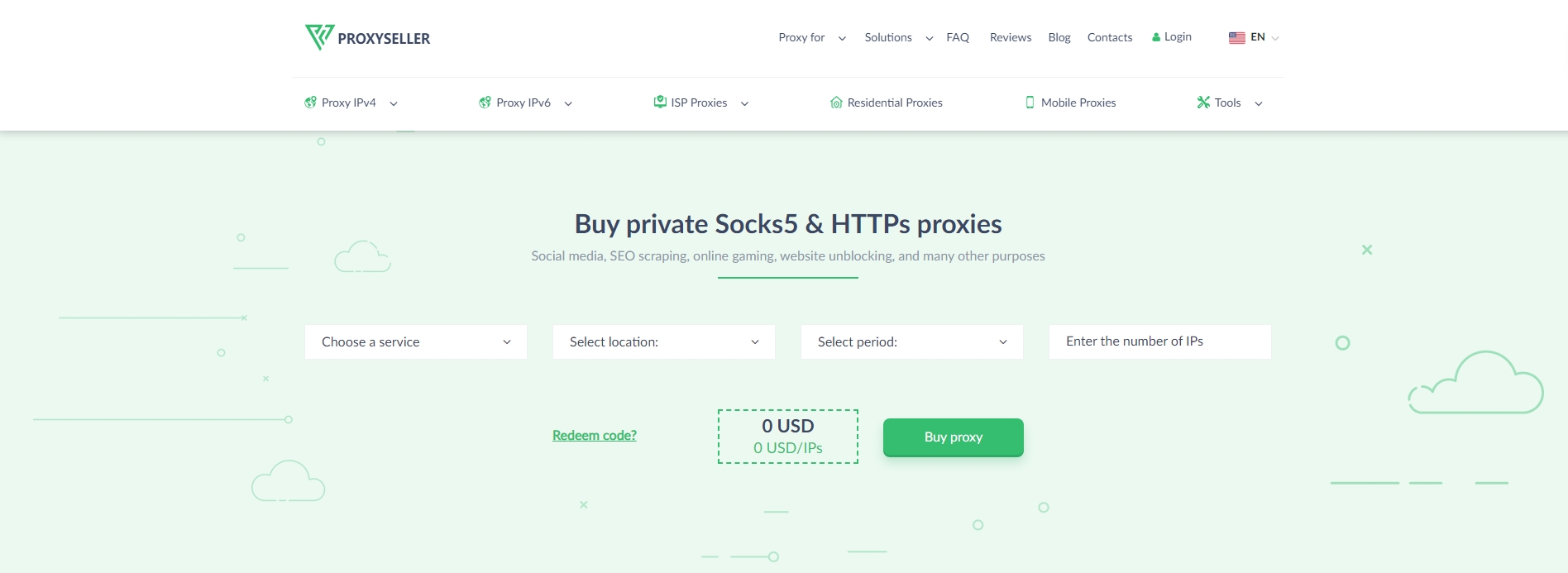
With 11 years in the game, Proxy-Seller has some credibility. But its UI feels stuck in the past—clunky and cluttered with features scattered everywhere.
Pricing: Residential proxies start around $3.50 per GB, but costs pile up fast. They sell IPs with fixed bandwidth, which can be confusing and expensive over time.
Reality Check: It's easy to sign up and manage billing, but buying proxies is less straightforward. Multiple pricing models can leave you scratching your head.
3. Webshare
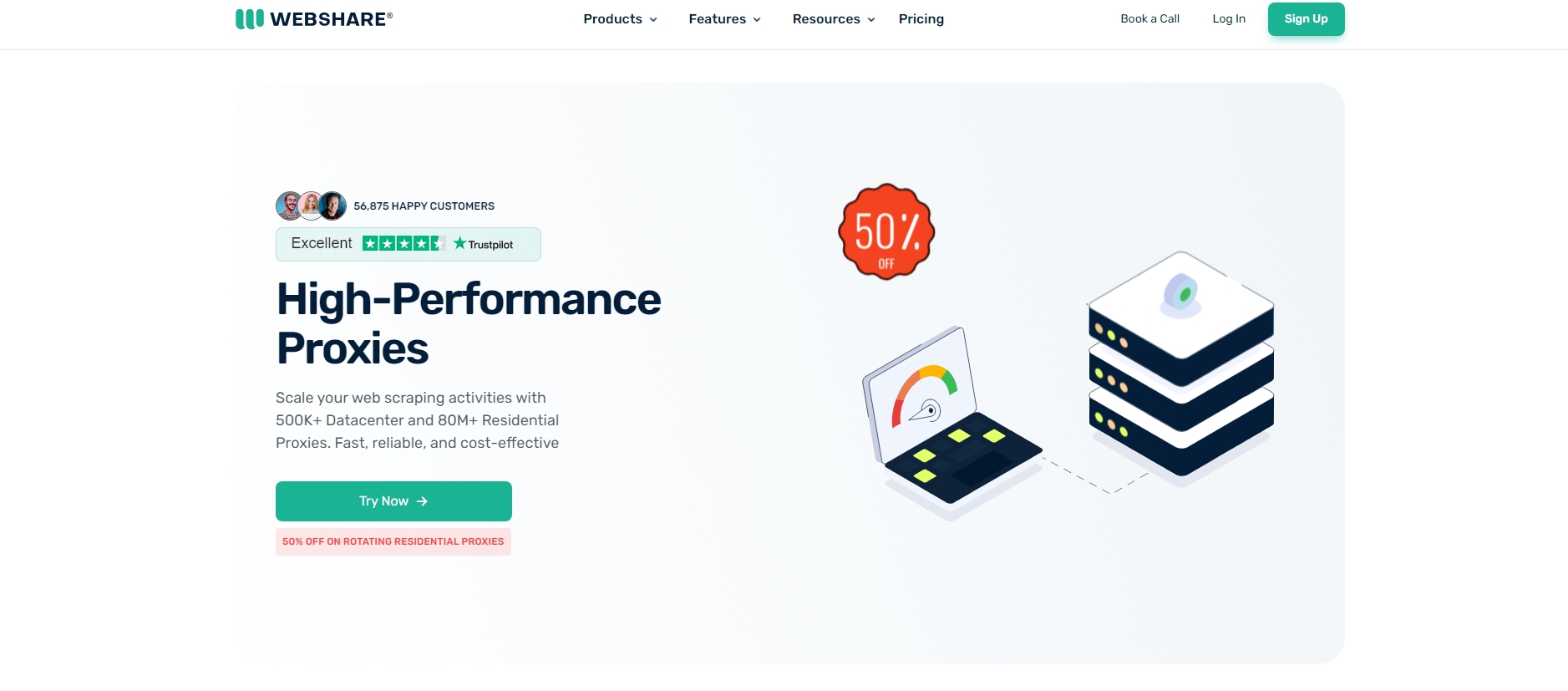
Webshare boasts over 80 million residential and 500k+ datacenter proxies, including more than 10 million US IPs. If you need volume and reliability, it's a contender.
Pricing: Datacenter proxies are cheap at $0.018 per proxy; residential billed per usage. Free trial includes 10 proxies, great for testing.
Features: Designed for scraping and AI data projects, Webshare offers a 100GB free trial for data teams. Supports HTTP and SOCKS5, claims 99.7% uptime.
User Feedback: Trustpilot scores hover around 4.3/5. Support is responsive, making it a solid choice for affordable, large-scale YouTube scraping.
4. Oxylabs
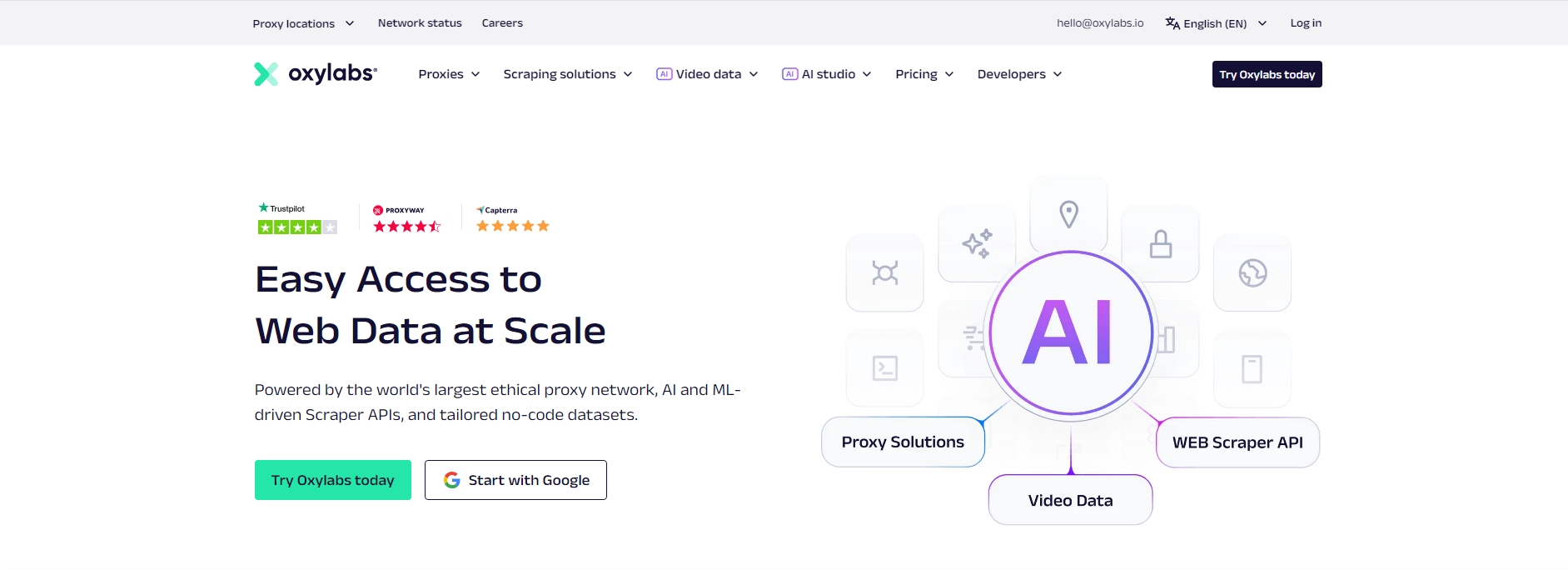
Oxylabs has dominated since 2015. Over 19 million US IPs and a YouTube Scraper API that's perfect for gathering video data, transcripts, and more.
Pricing: Residential proxies start at $8/GB, datacenter $1.20/IP. The YouTube Scraper API is $1.35 per 1,000 results—a pricey but powerful tool for enterprises.
Features: Their rotating proxies help you dodge bans. API supports transcript extraction in 156 languages—ideal if you're building AI models or large-scale data analytics.
Customer Notes: Mostly positive reviews but watch out for costly overages and no-refund policies.
5. Geonix
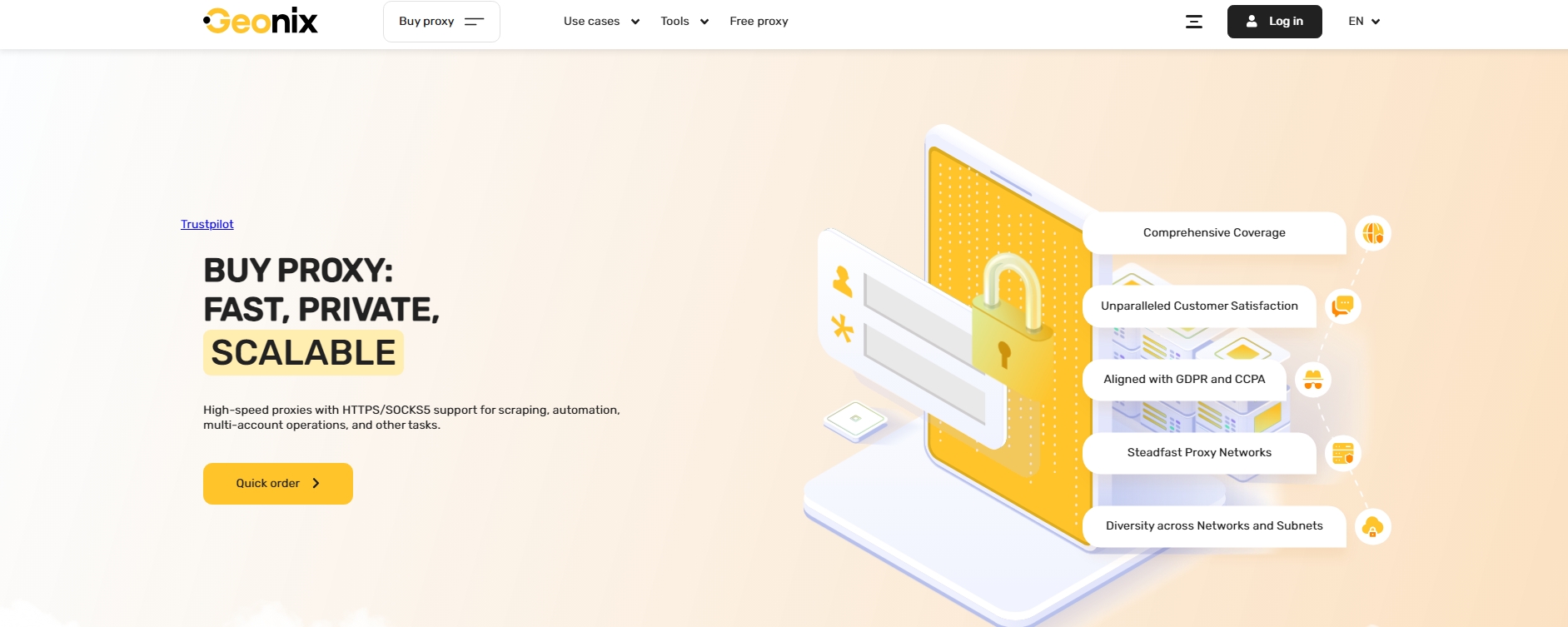
Geonix (formerly Proxy-Sale) stands out for its customizable pricing calculator. No rigid plans. You pay for what you use.
Pricing: Residential proxies start at $3/GB, dropping to $2.10 with volume. ISP proxies from $1.92/IP. Great if you want transparency and control.
Features: Dedicated proxies only—meaning no sharing, less chance of bans. Supports HTTPS and SOCKS5 with solid speeds. However, it's a plain proxy service without advanced scraping APIs.
What to Watch: Some users report banned or dirty IPs and delayed customer support responses.
6. iProxy Online
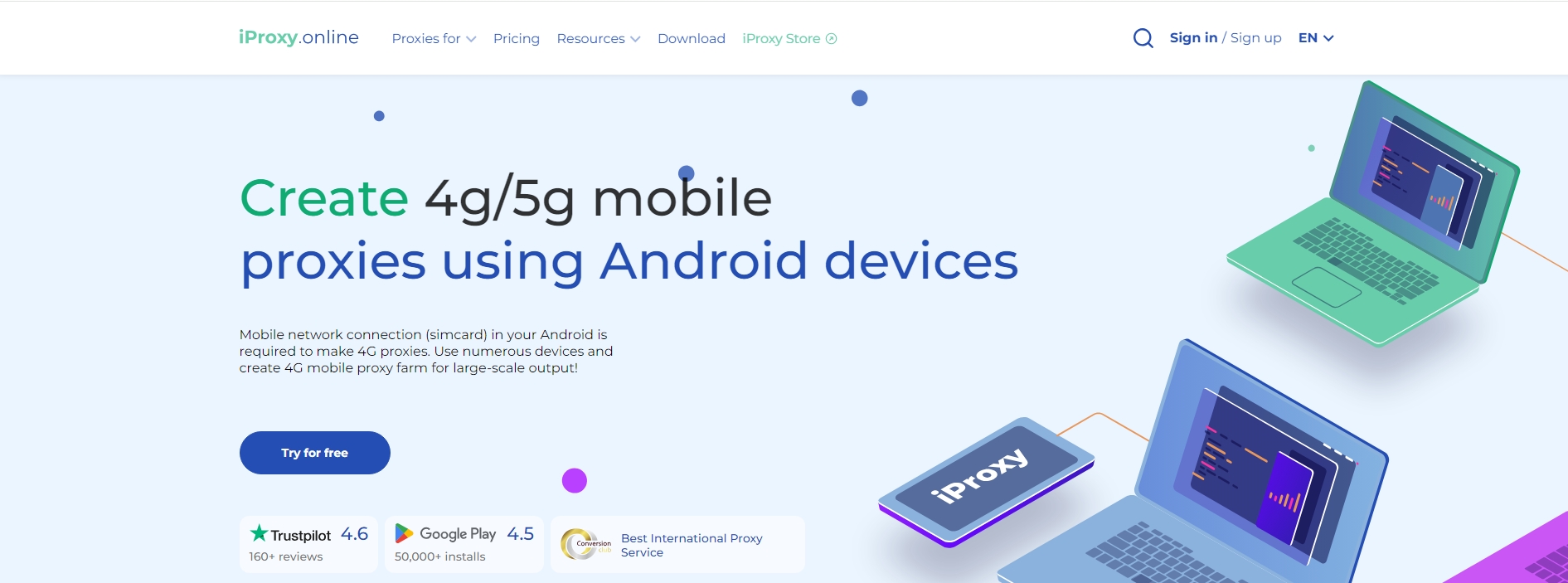
This is different. iProxy turns your Android smartphone's SIM into a mobile proxy server. Instead of buying IPs, you use your own mobile data and IP.
Pricing: Starts at $6/month. Unlimited IP rotation because your IP changes every time you reconnect.
Best Use Case: Manage multiple YouTube or social accounts with rotating mobile IPs that YouTube treats as genuine traffic. Great for avoiding bans.
Caveat: The proxy location matches your SIM's location. If you need a US IP but live elsewhere, you’ll have to tap into their proxy marketplace.
Considering Swiftproxy
Swiftproxy nails the perfect balance between price, speed, ease-of-use, and sheer scale. With 70 million clean IPs across 195 countries—plenty of US IPs—and transparent pay-as-you-go pricing, it's a no-brainer for YouTube users.
Proxy-Seller is outdated. Webshare and Oxylabs are scraping powerhouses but expensive. Geonix is affordable but basic. iProxy is niche, complicated, and better as a last resort.
Pro Tips for Using USA Proxies with YouTube
Always choose residential or mobile proxies for smoother streaming and fewer bans.
Use IP rotation settings wisely: "Keep IP" for continuous streaming; rotate for scraping or multi-account management.
Avoid free proxies—they're a risk to your data and speed.
Test with small purchases before scaling up.
Check if the provider offers API access if you plan to automate or scrape YouTube data.
Conclusion
Unlocking YouTube with proxies isn't just about bypassing blocks—it's about enhancing your access, speed, and privacy. Pick your proxy smartly, and YouTube's full world is yours.

















































